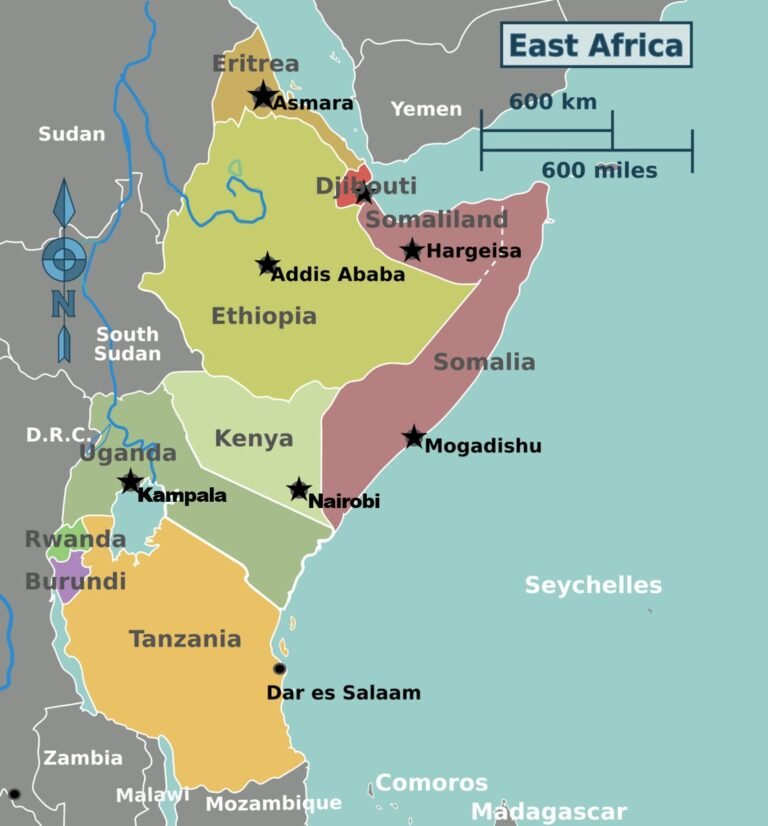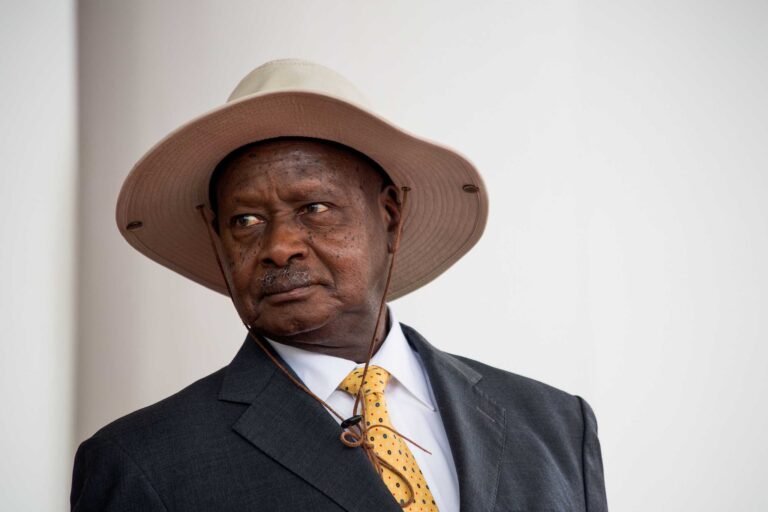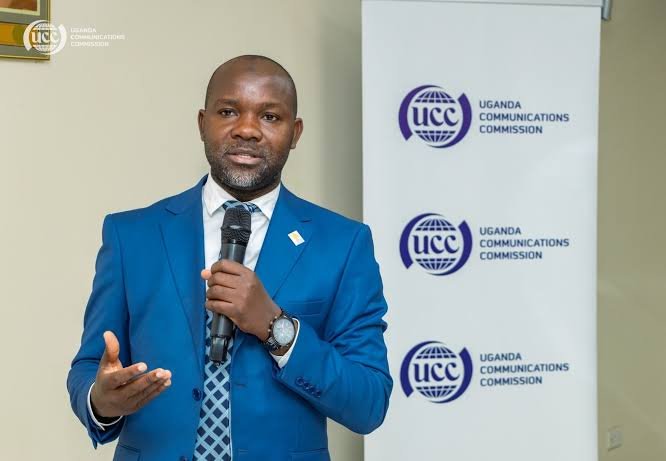
Uganda’s Advertising Industry at a Crossroads: Experts Call for Strategic Shift from Clutter to Impact
KAMPALA – A new critique from within Uganda’s advertising sector is challenging the core practices of the industry, arguing that the prevailing strategy of prioritizing maximum visibility over smart targeting is inefficient and unsustainable for business growth.
The analysis, penned by Joshua Kamugabirwe, Business Head at TROI Media Limited, highlights the acute advertising clutter on the streets of Kampala and the airwaves of local radio as evidence of a systemic problem. He points to shopping arcades where entrances are obscured by signage and radio breaks crammed with up to 12 ads in two minutes as symptoms of an industry mistaking noise for effectiveness.
Titled “The Illusion of Visibility,” the argument posits that Ugandan businesses are operating under a false belief: that being seen by everyone equates to driving sales. The article counters this with global data, citing studies from the UK’s Institute of Practitioners of Advertising (IPA) which show that audience-targeted campaigns can deliver a 30% higher return on investment than broad, scattershot approaches.
“The temptation to ‘shout the loudest’ overshadows strategic focus,” Kamugabirwe writes. This, he explains, leads to poor execution, such as print-style ads on digital billboards and generic jingles on irrelevant radio stations.
The piece identifies two key systemic issues plaguing the local scene: poor planning and a diluted decision-making process within companies, where too many stakeholders can water down creative and bold messaging.
Contrasting Uganda’s approach with mature markets like New York or Paris, the article notes that those cities heavily regulate outdoor advertising to minimize clutter. Instead, they invest in data-driven digital marketing and precision targeting, ensuring messages reach the right consumers efficiently.
The solution, according to the article, lies in a return to the fundamentals of brand building: consistency, creativity, and clarity. It points to iconic, long-running Ugandan campaigns like Crane Forex Bureau’s jingle or City Tyres’ slogan as examples of memorable and effective advertising that built brand equity over time.
The critique concludes that for Uganda’s advertising to evolve into a true driver of commerce and culture, it must abandon the race to be the “loudest sounding nothing” and embrace smarter planning, sharper targeting, and more disciplined execution.
The call for a reset comes as Uganda’s economy continues to expand, with the World Bank projecting a 5.2% growth rate in 2024, creating an even more competitive marketplace for the attention of a growing consumer base.










